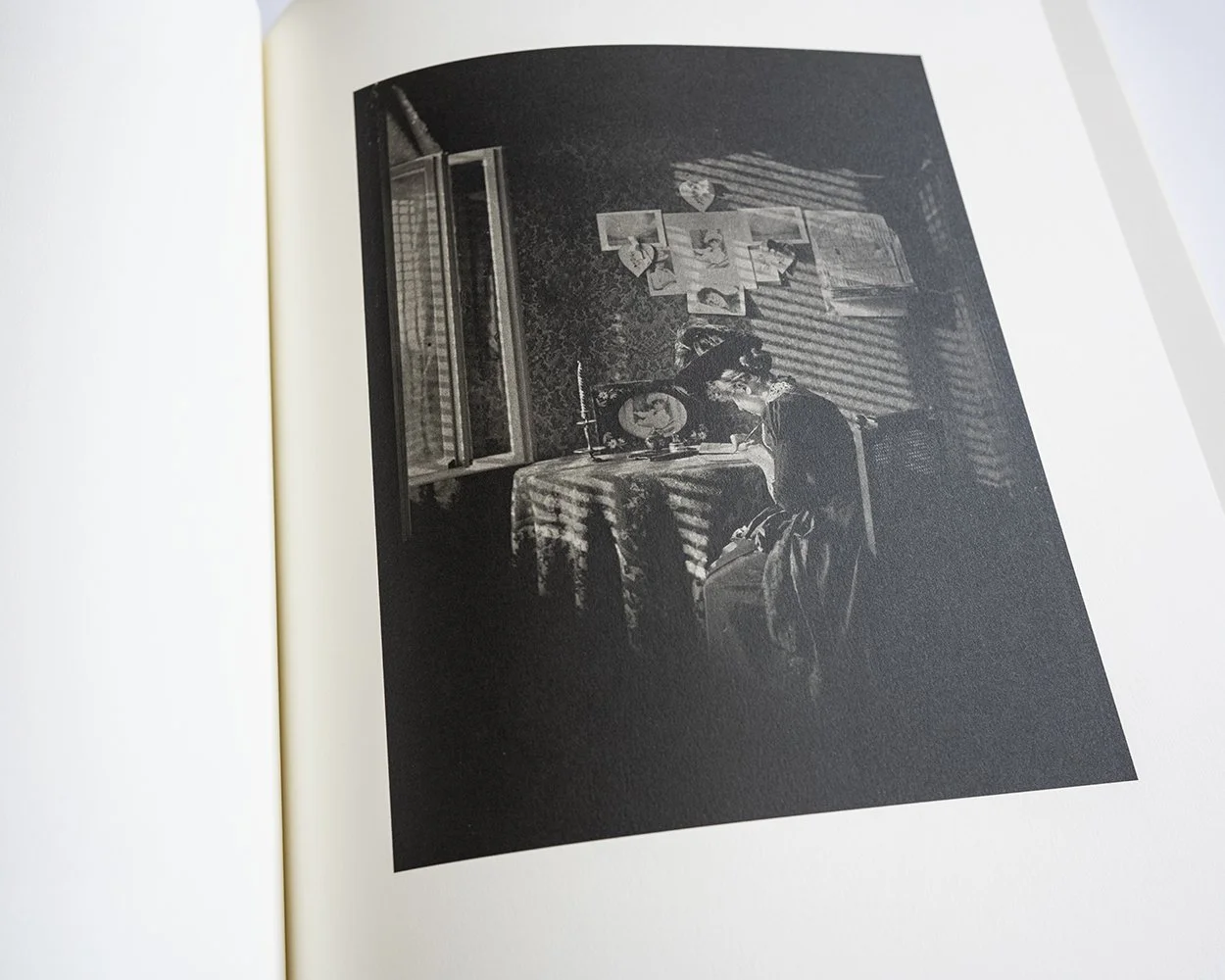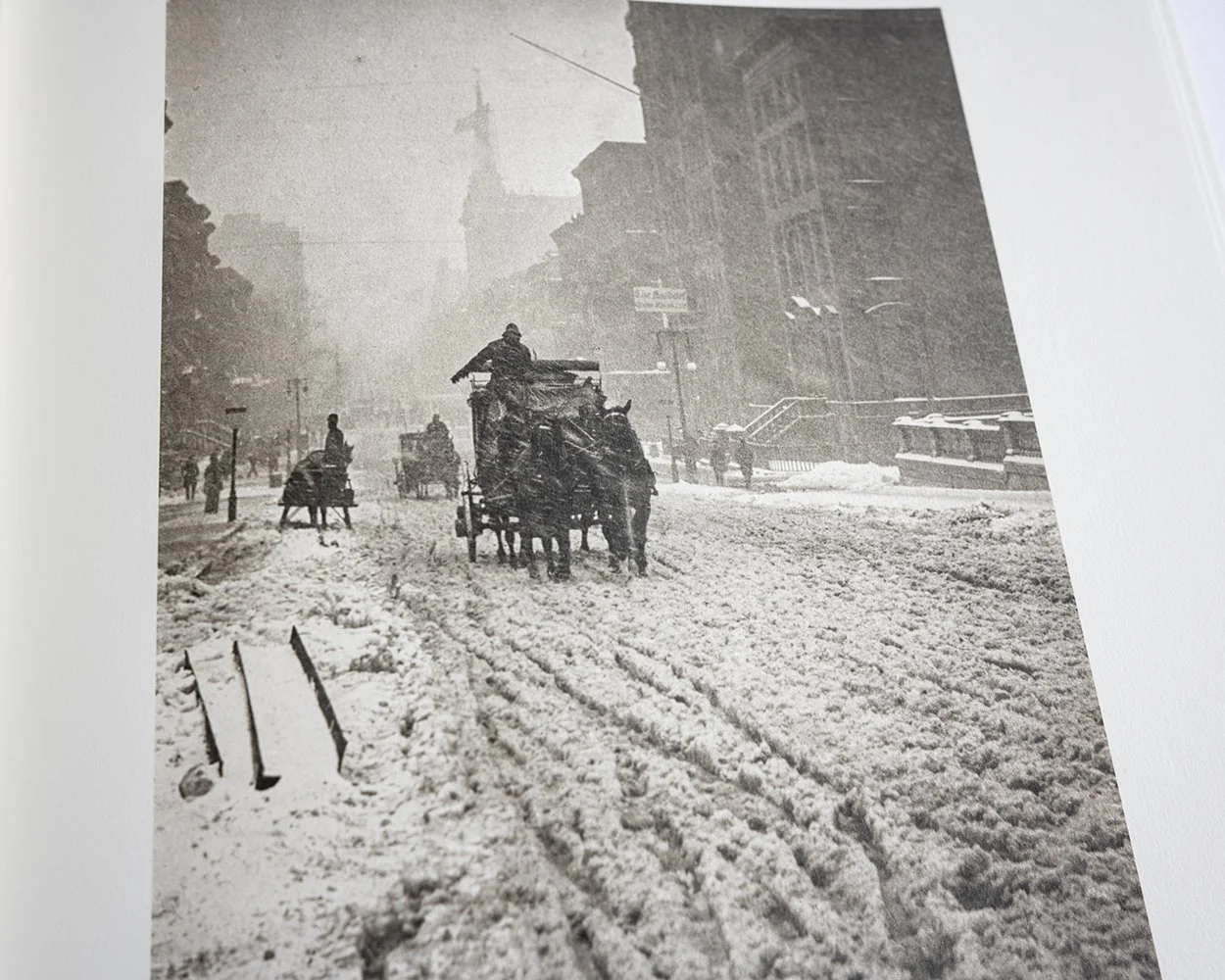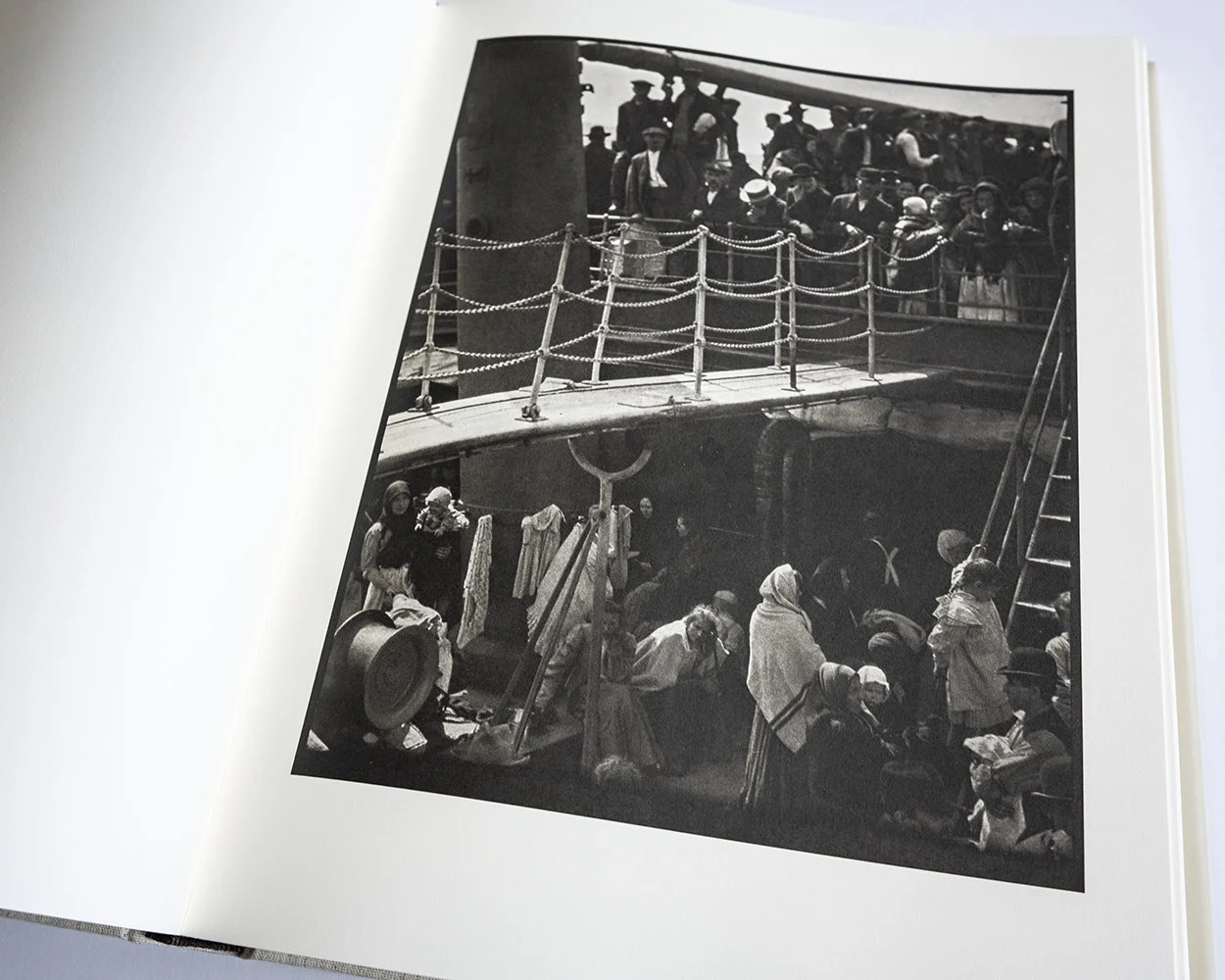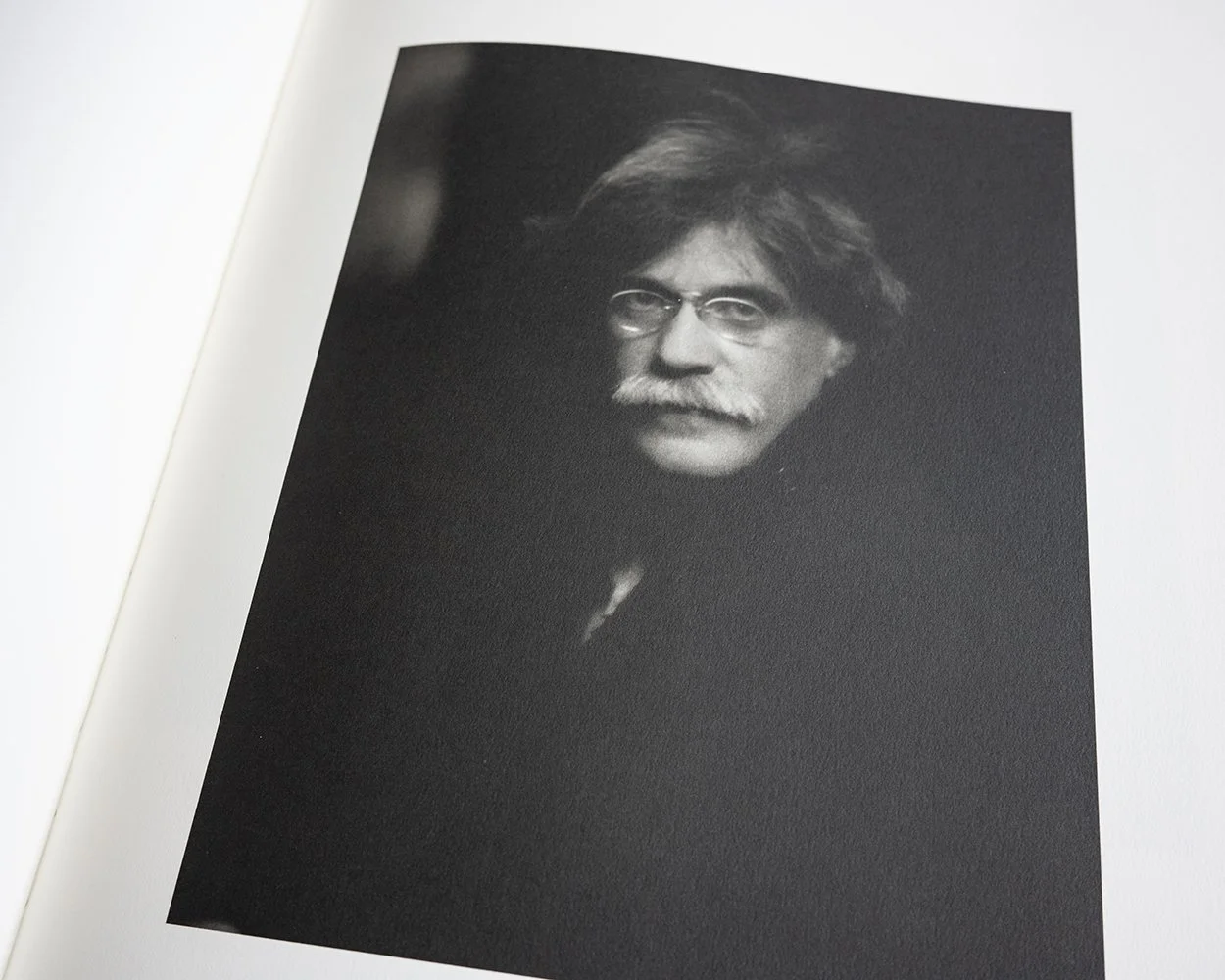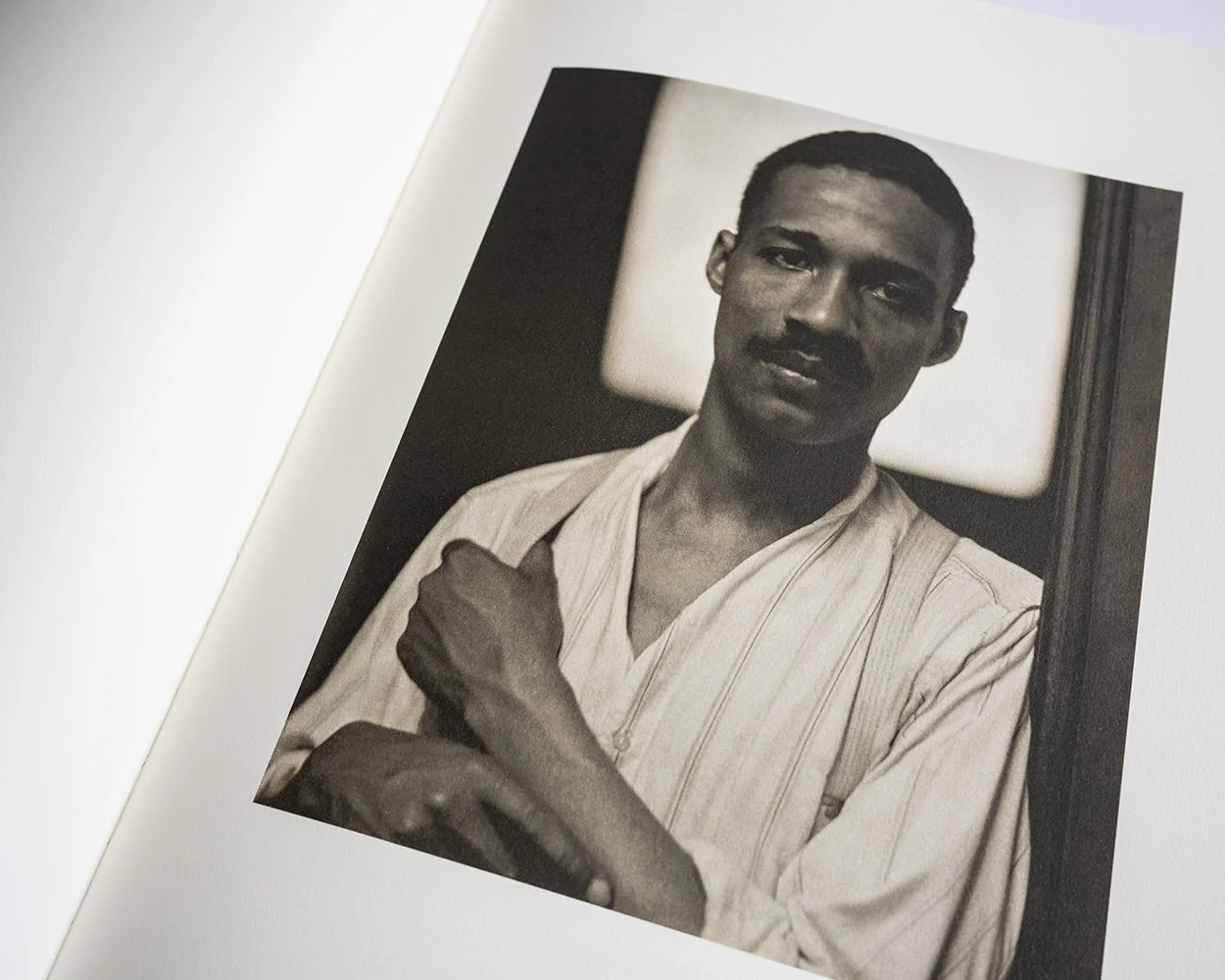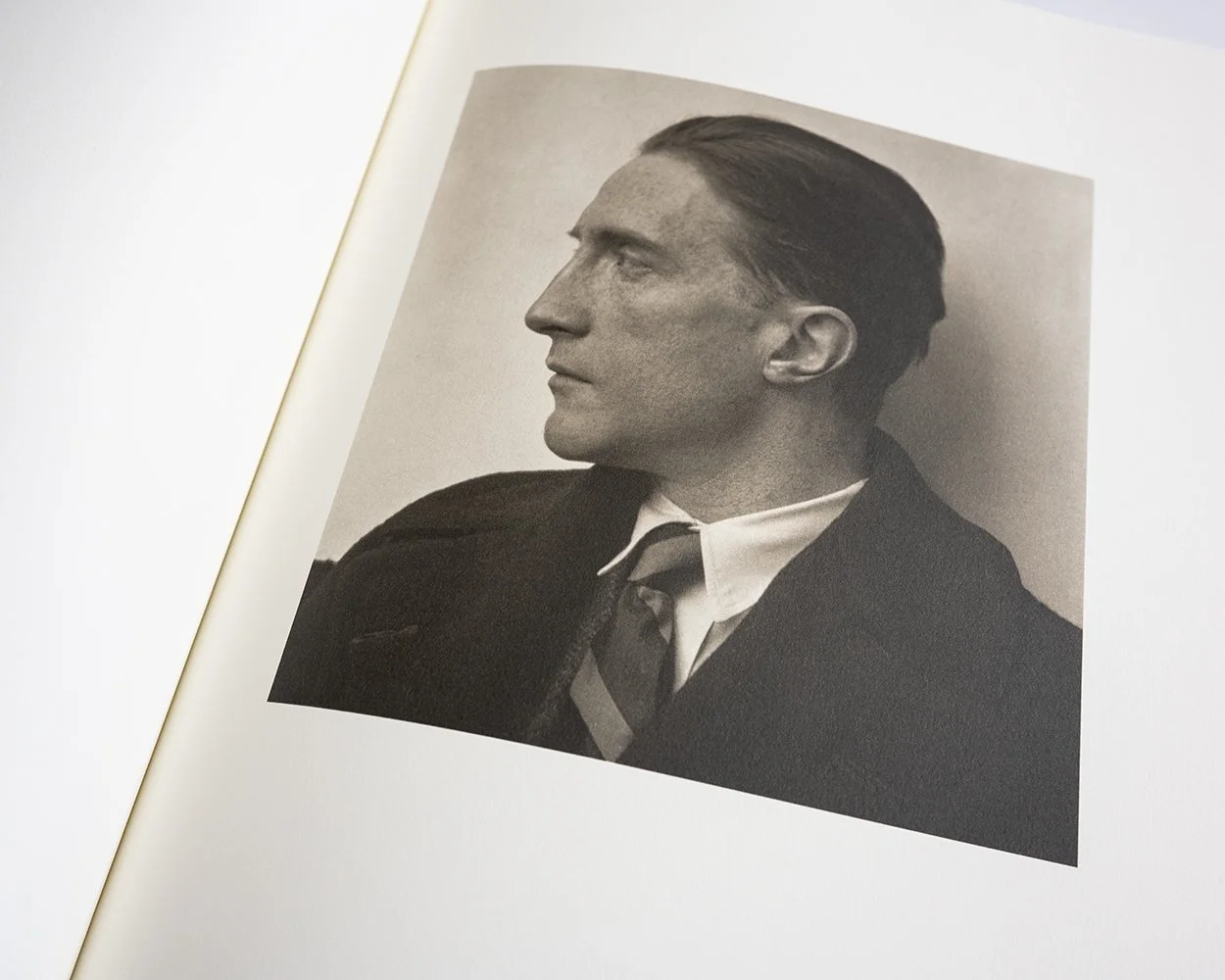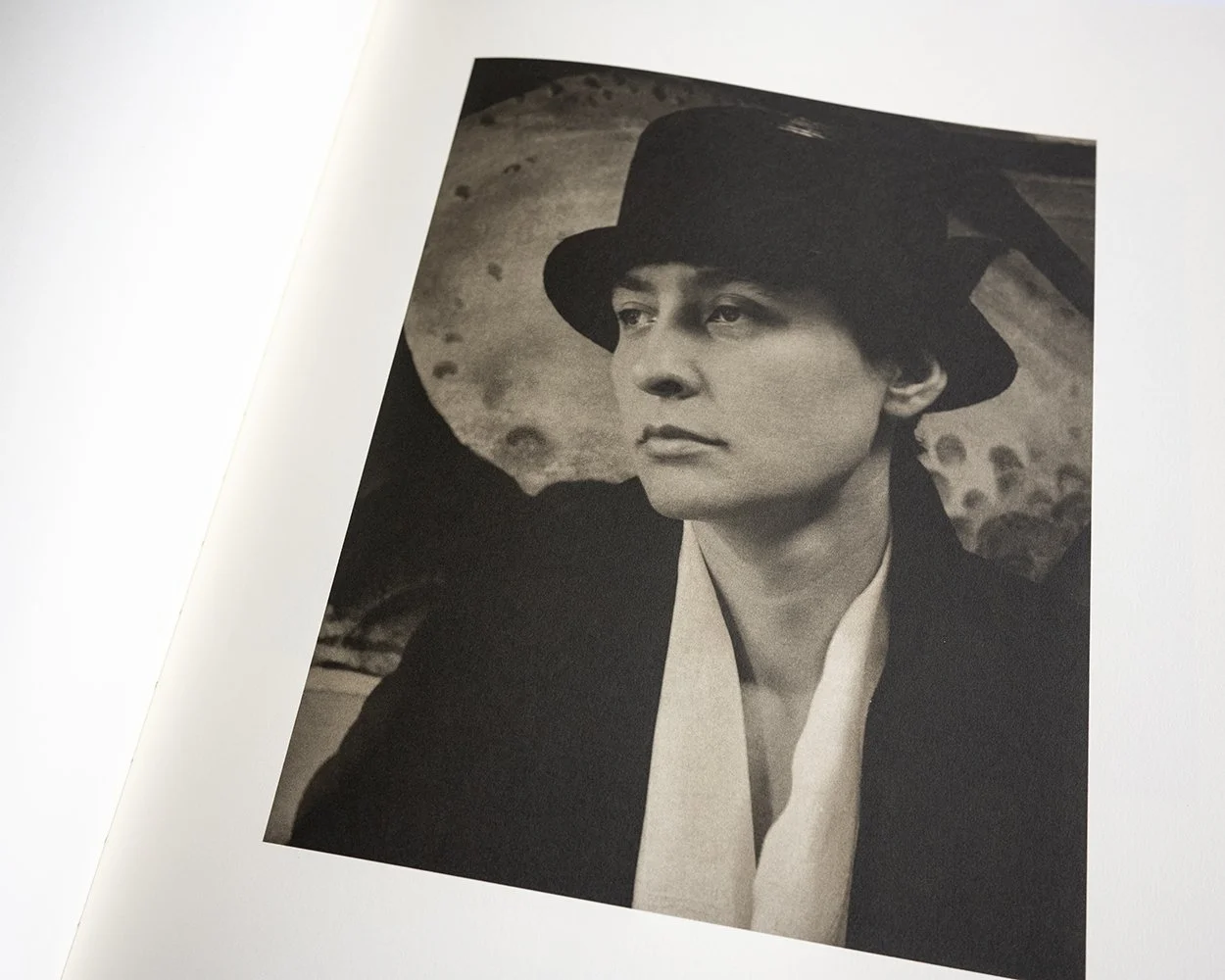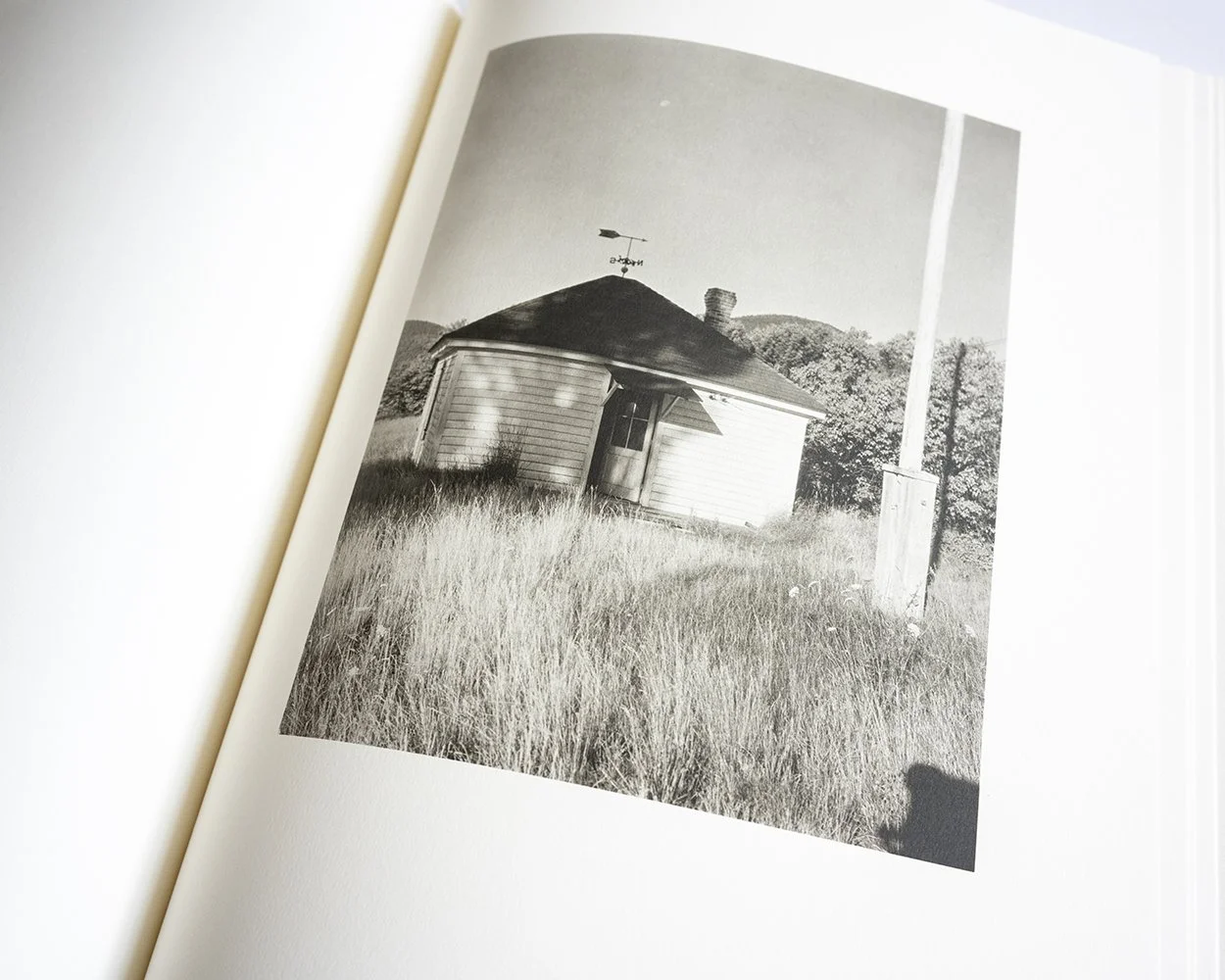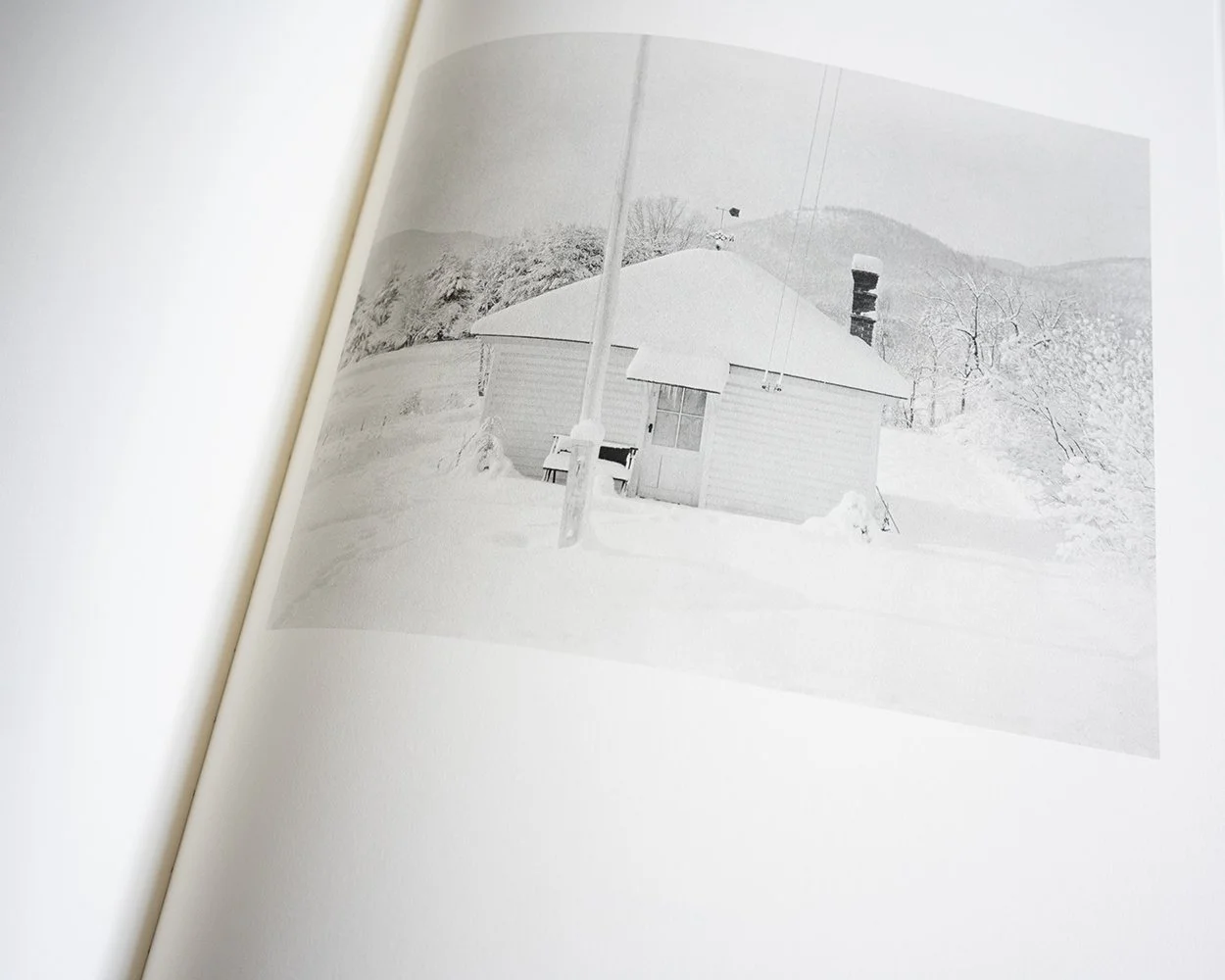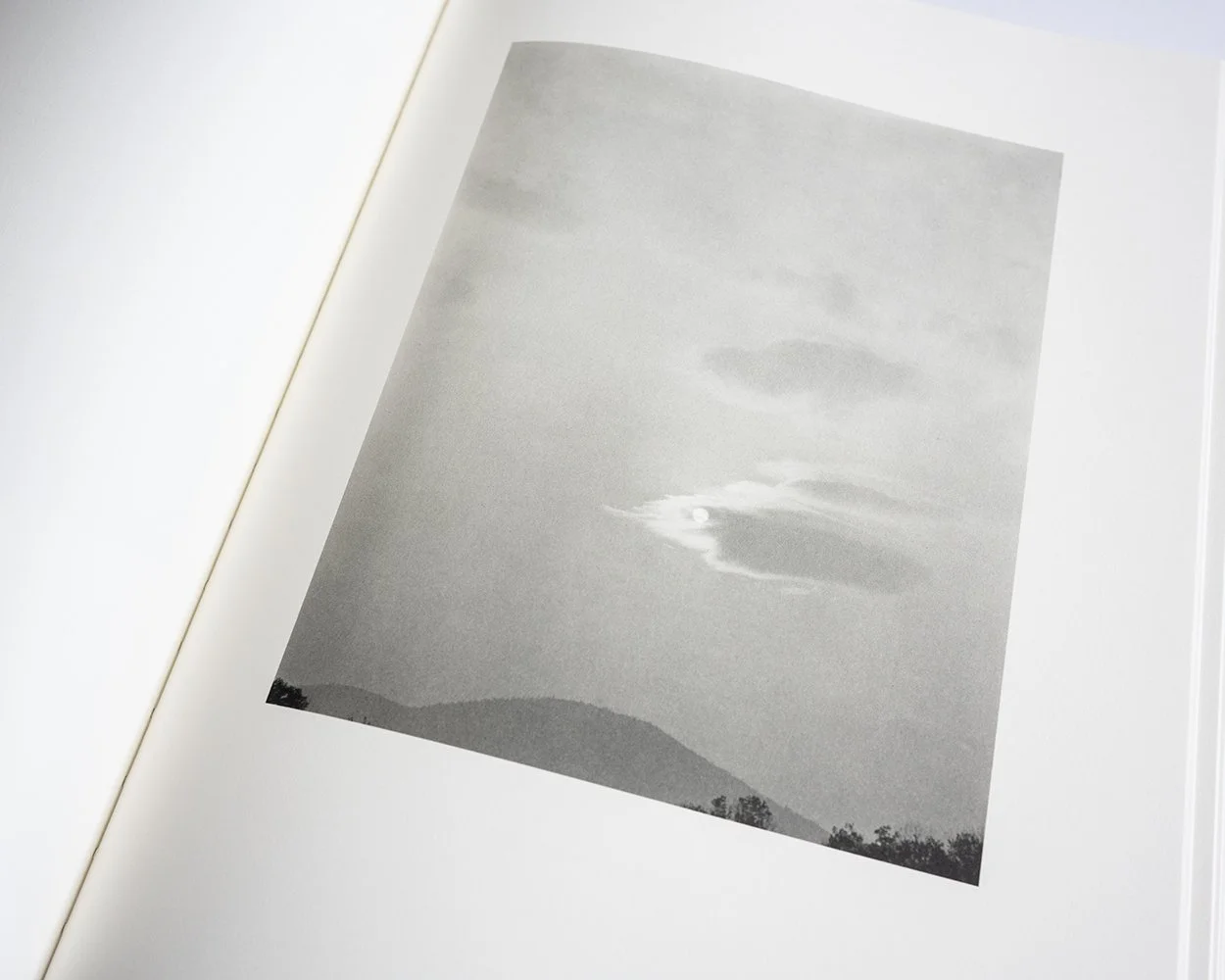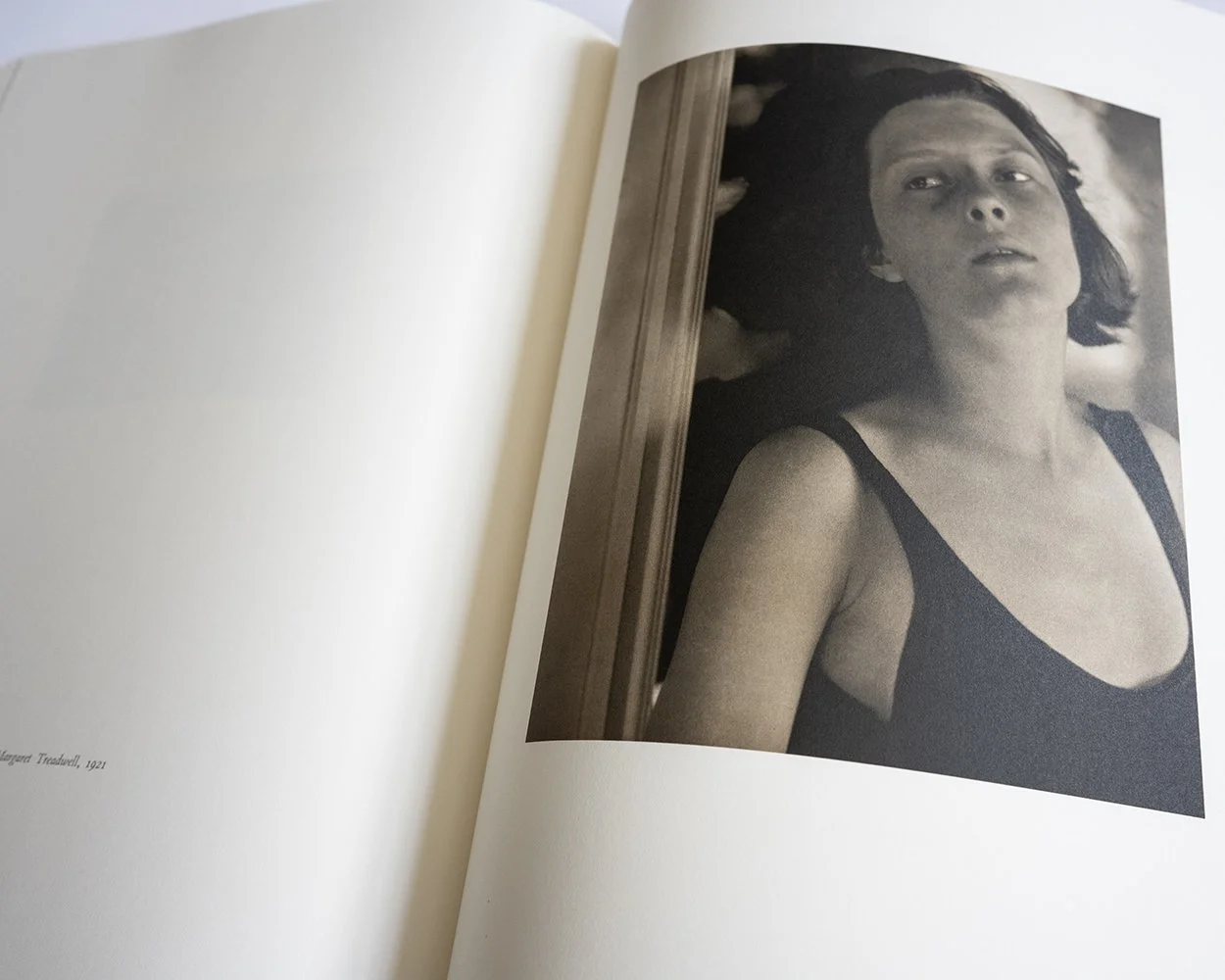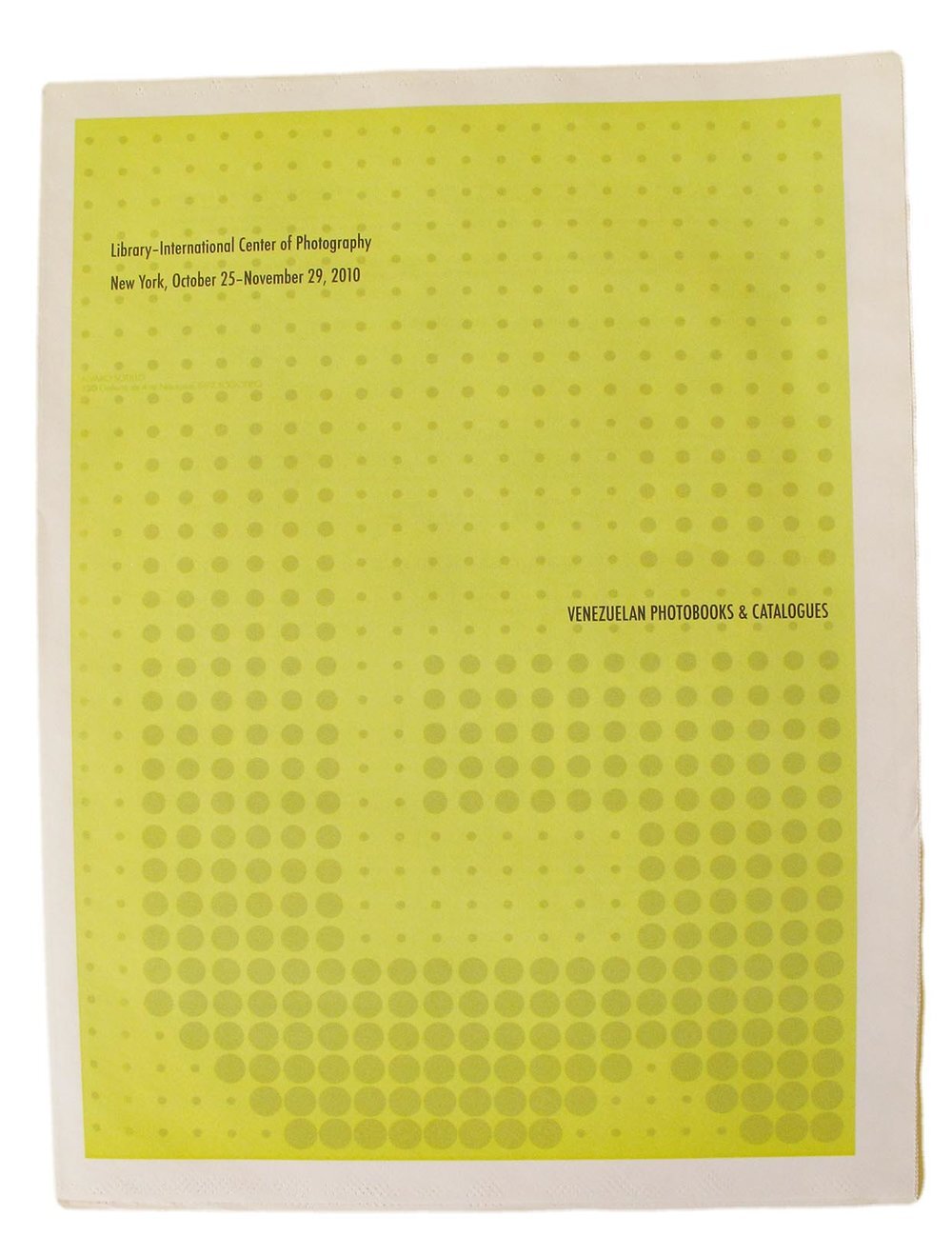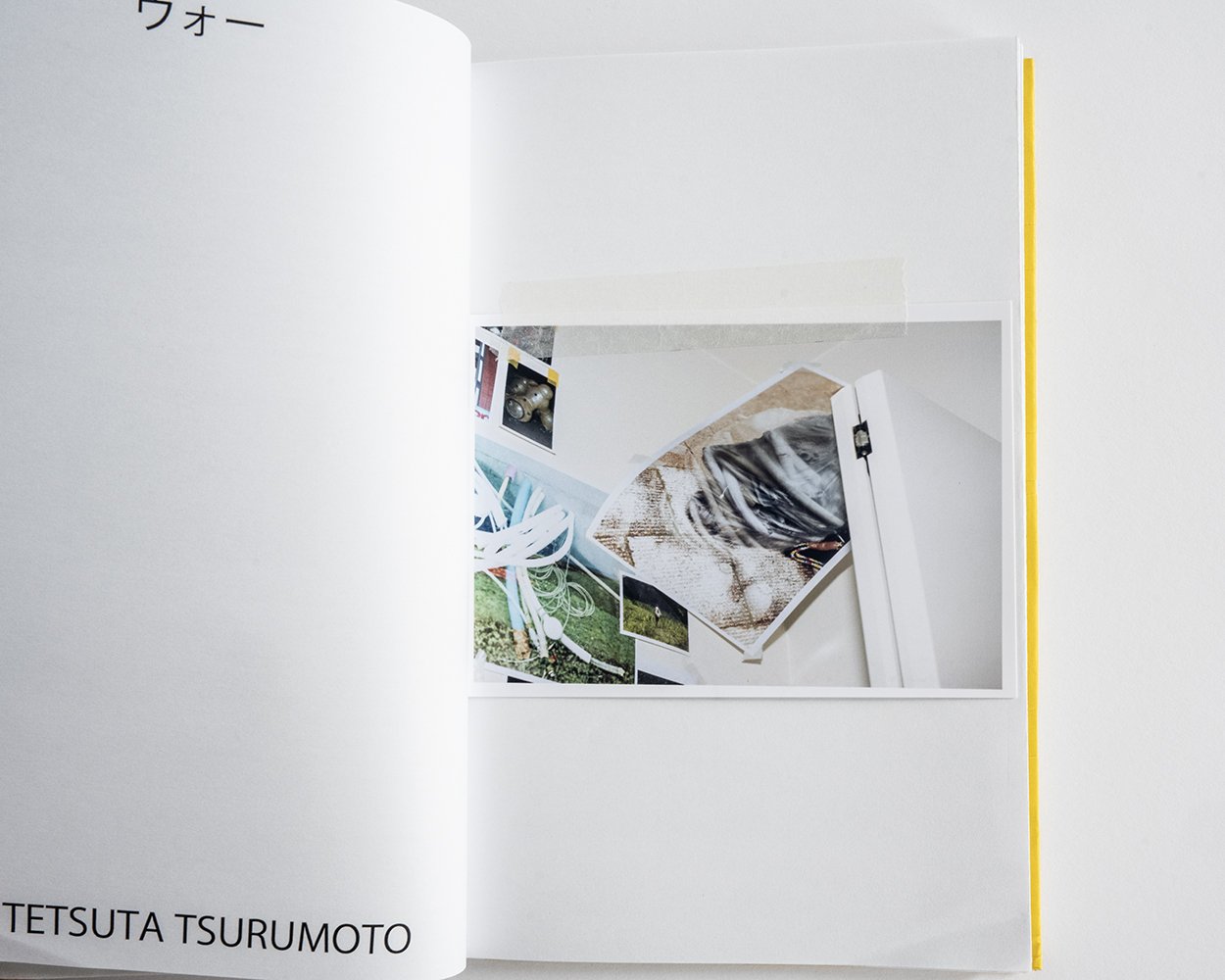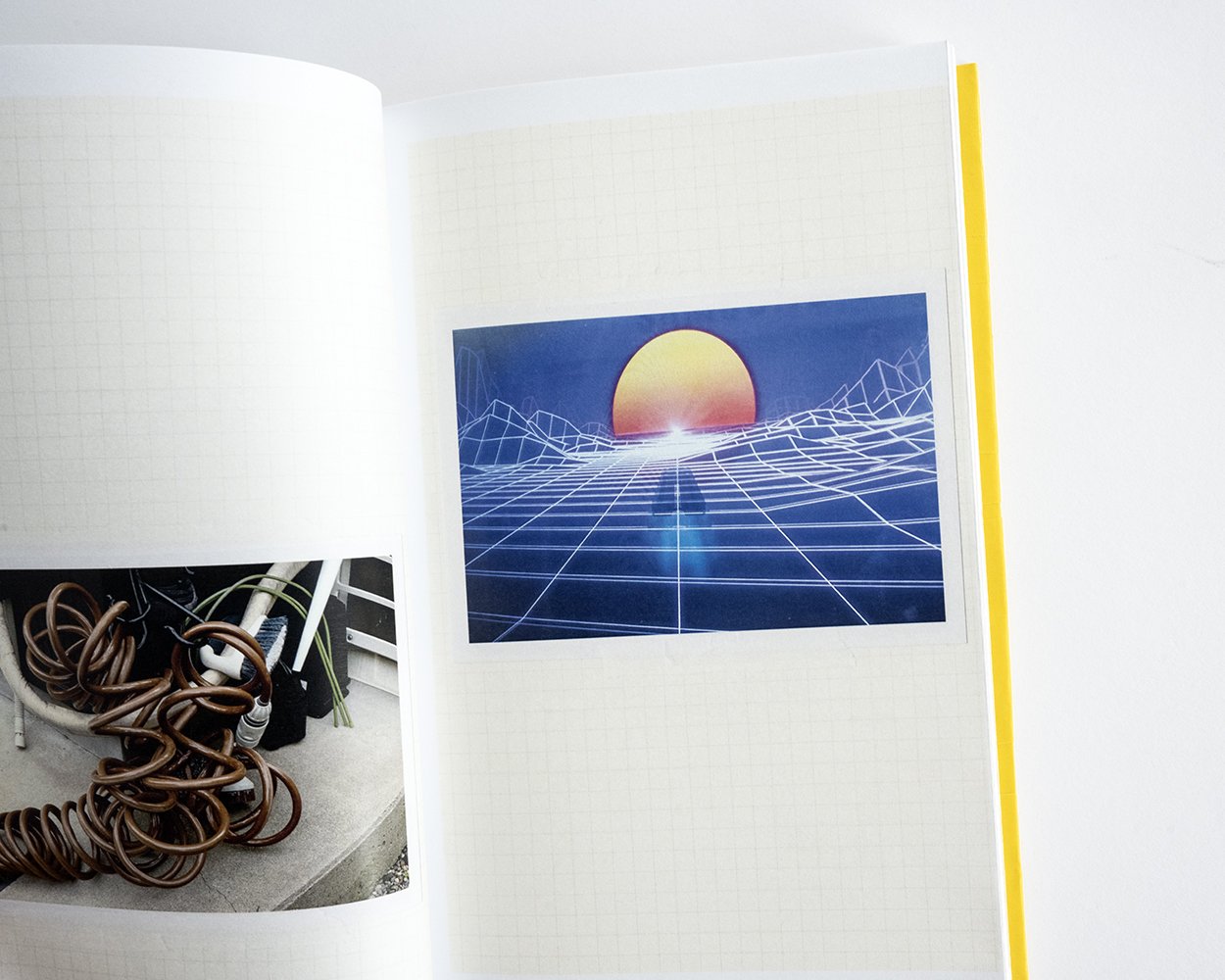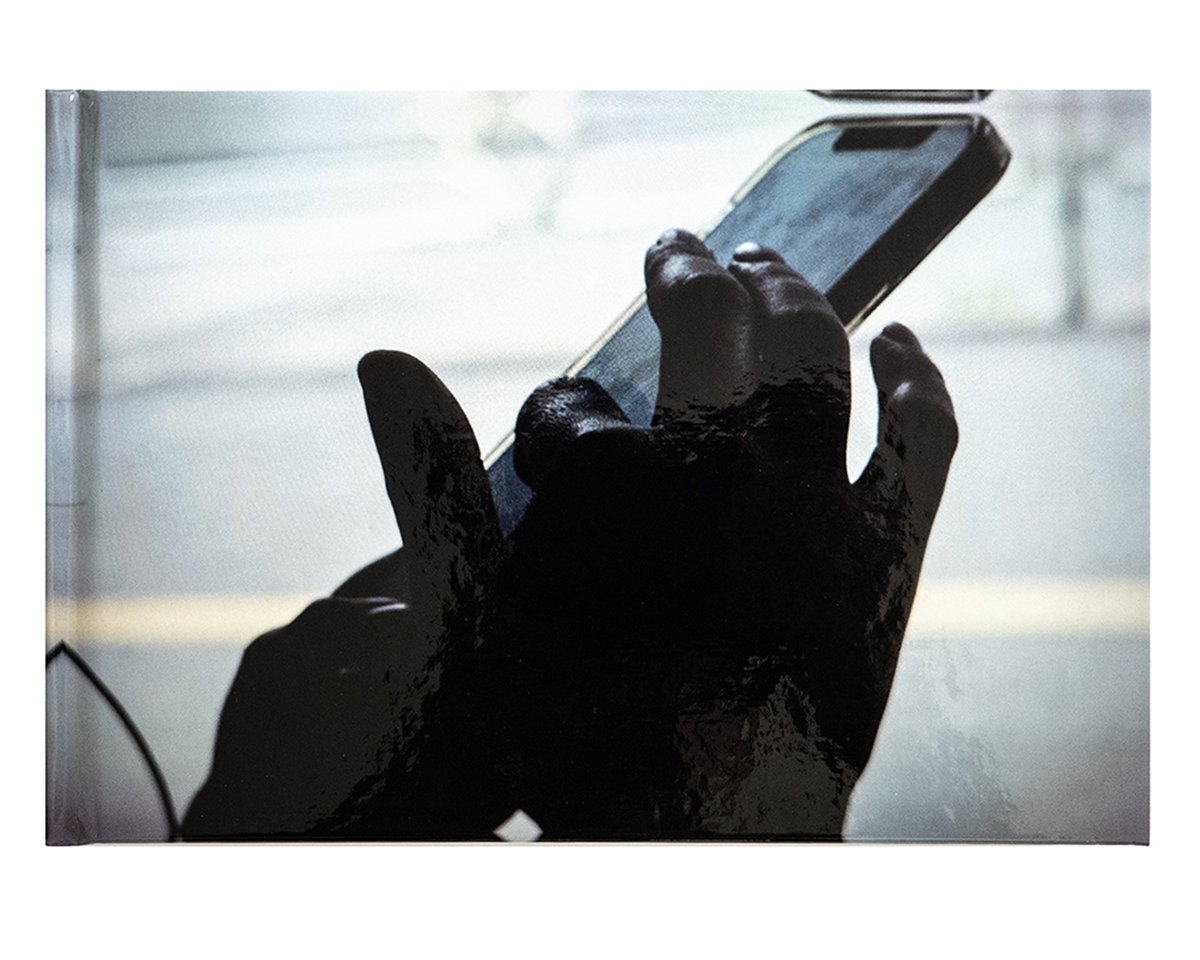 Image 1 of 7
Image 1 of 7

 Image 2 of 7
Image 2 of 7

 Image 3 of 7
Image 3 of 7

 Image 4 of 7
Image 4 of 7

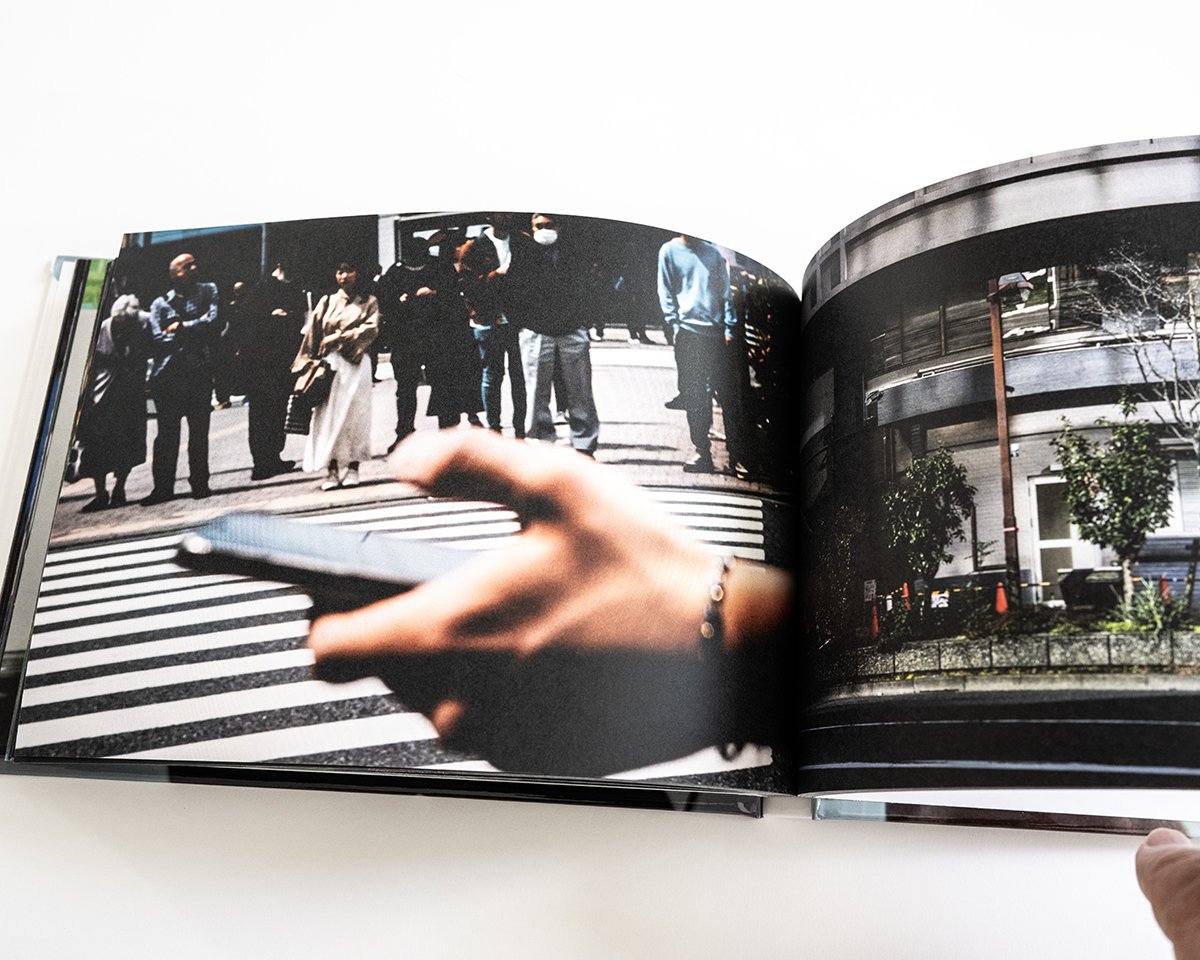 Image 5 of 7
Image 5 of 7

 Image 6 of 7
Image 6 of 7

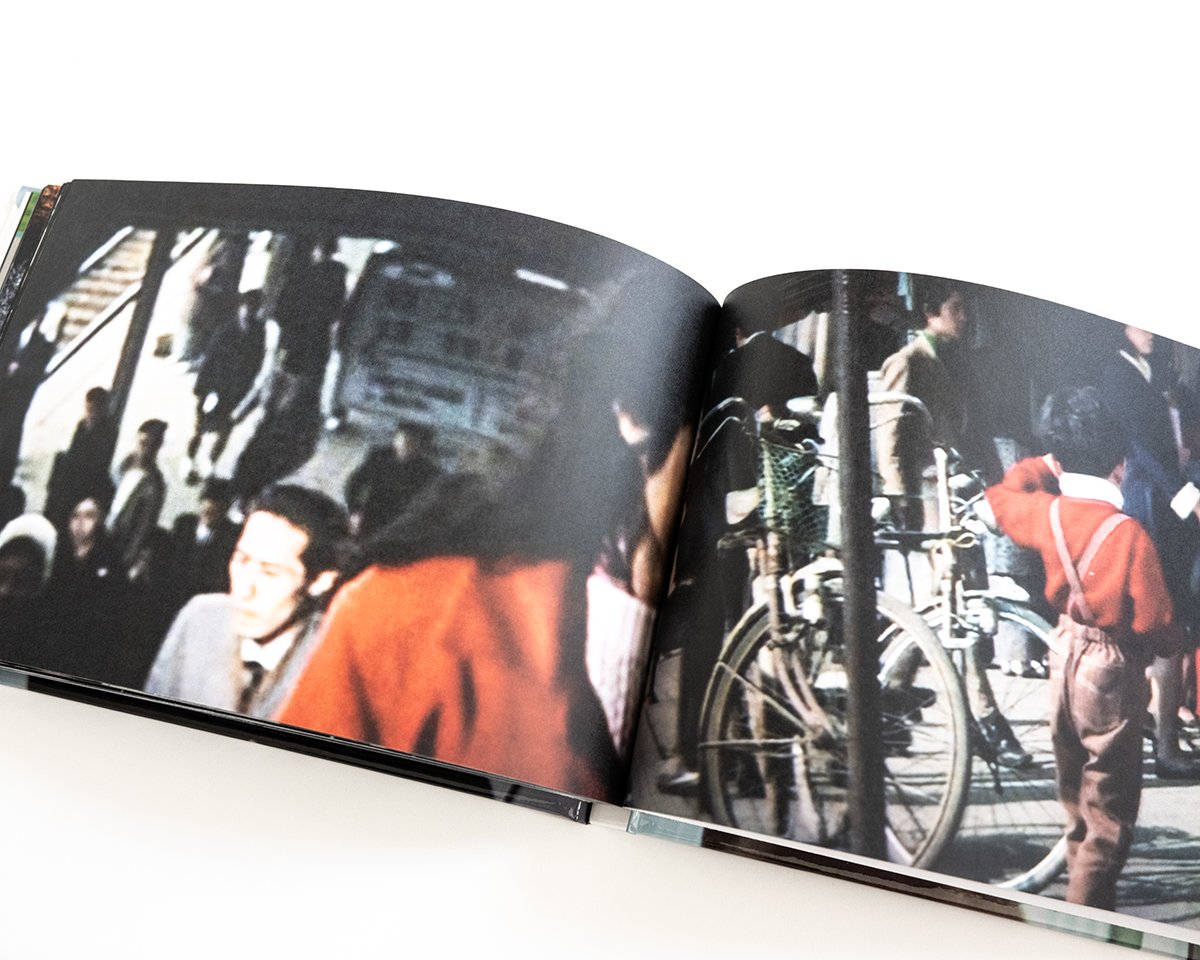 Image 7 of 7
Image 7 of 7








Ambience Decay by Fumitsugu Takedo
Published by Photobook Daydream Editions, 2024
Hardcover
6” x 9”
120 Pages
First Edition of 50
Smartphones, tablets, and signage advertisements saturate the city.
Fumitsugu Takedo captures urban landscapes adapting to the media environment shaped by the proliferation of digital platforms. Using snapshots, Takedo incorporates copies of his own photographs and video media to explore the possibilities of visual-spatial cognition in a modern world where the line between reality and media fiction blurs.
The flickering, irreversible sequence of time—days, weeks, and years played in reverse. The glitch of memory and the flicker of half-remembered thoughts, set to a drum & bass beat.
Loneliness rewound, painted in purple and blue.
“Can you open the door?”
A story written from the end, with no beginning: memory at 2/3 speed, fragmented hands, feet, technology, and echoes of Bresson.
Images that repeat and images that only seem to—but never truly do. Out of order. Lapsed.
Takedo Fumitsugu
Born in 1993, Okayama Prefecture
He photographs urban landscapes that adapt to the media environment. Through street photography, he captures fragmented landscapes and uses a technique of displaying images or his own photos on computer screens and then re-photographing them. This approach aims to recreate the visual experiences of contemporary people and reconsider the nature of real landscapes.
Published by Photobook Daydream Editions, 2024
Hardcover
6” x 9”
120 Pages
First Edition of 50
Smartphones, tablets, and signage advertisements saturate the city.
Fumitsugu Takedo captures urban landscapes adapting to the media environment shaped by the proliferation of digital platforms. Using snapshots, Takedo incorporates copies of his own photographs and video media to explore the possibilities of visual-spatial cognition in a modern world where the line between reality and media fiction blurs.
The flickering, irreversible sequence of time—days, weeks, and years played in reverse. The glitch of memory and the flicker of half-remembered thoughts, set to a drum & bass beat.
Loneliness rewound, painted in purple and blue.
“Can you open the door?”
A story written from the end, with no beginning: memory at 2/3 speed, fragmented hands, feet, technology, and echoes of Bresson.
Images that repeat and images that only seem to—but never truly do. Out of order. Lapsed.
Takedo Fumitsugu
Born in 1993, Okayama Prefecture
He photographs urban landscapes that adapt to the media environment. Through street photography, he captures fragmented landscapes and uses a technique of displaying images or his own photos on computer screens and then re-photographing them. This approach aims to recreate the visual experiences of contemporary people and reconsider the nature of real landscapes.




